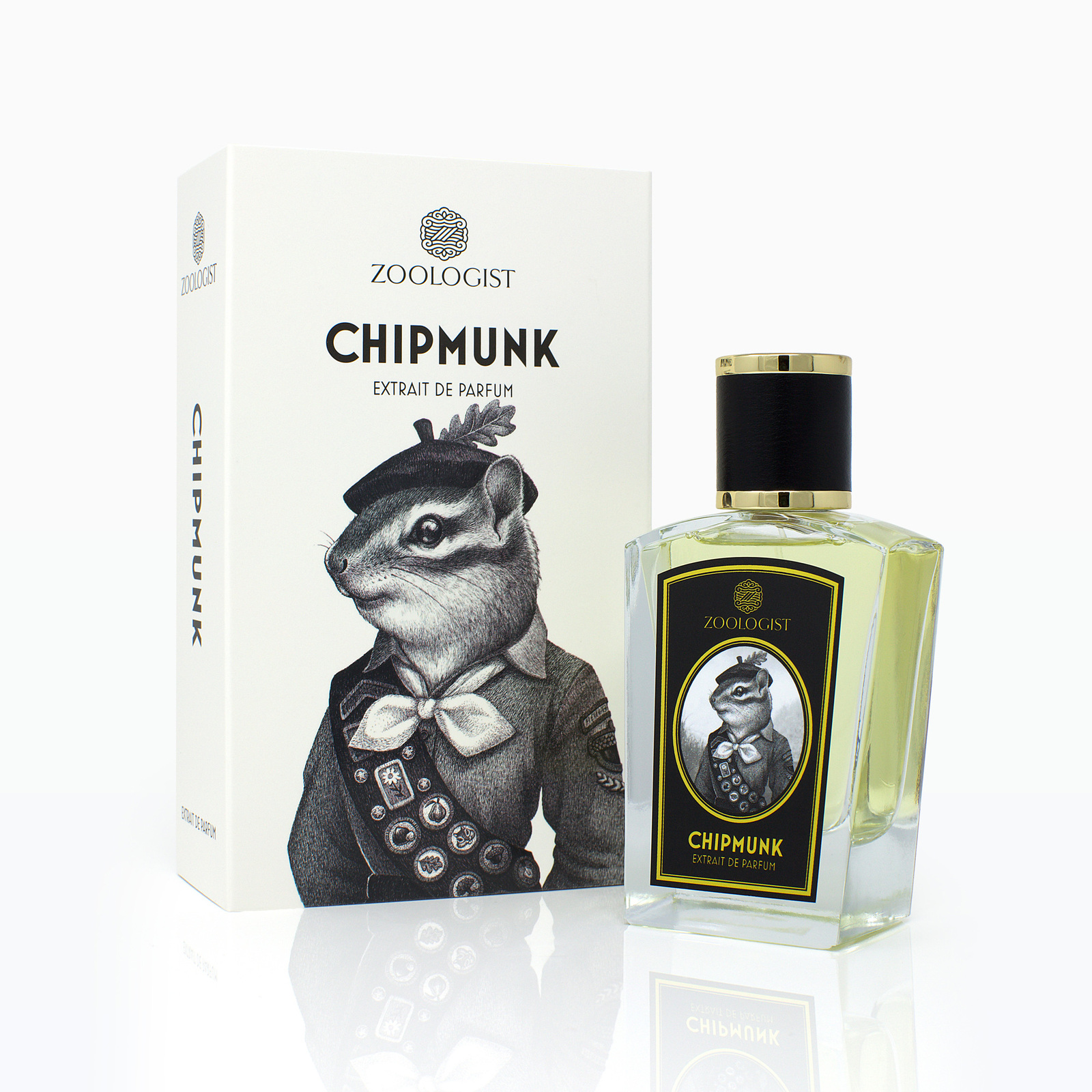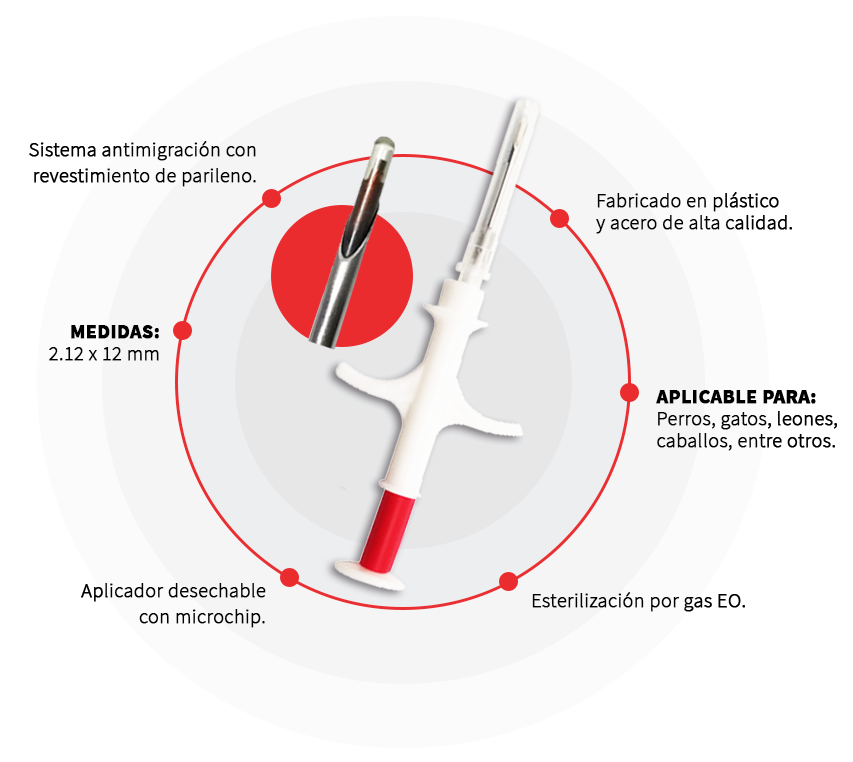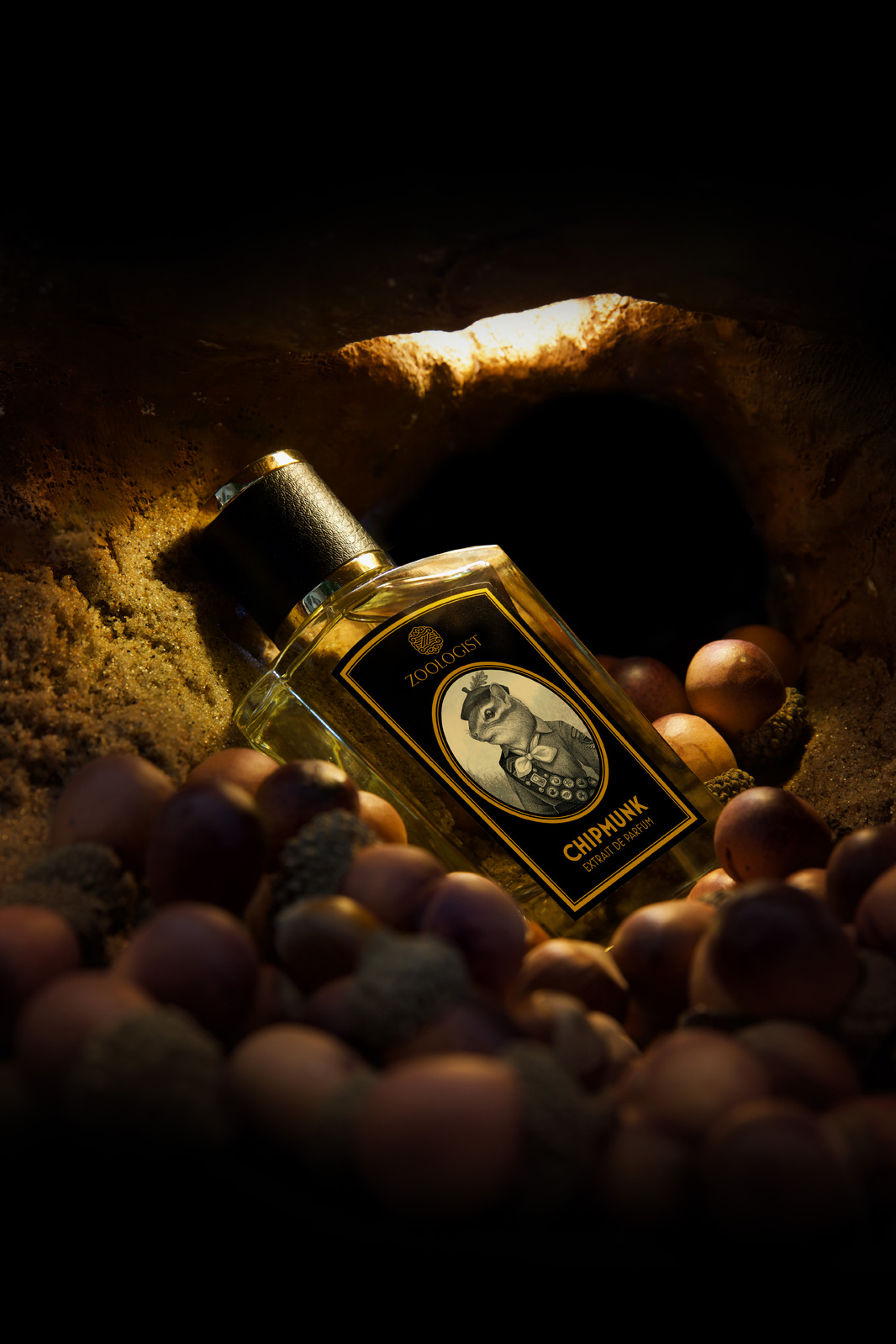Definitive Guide To Zoochip: Unlocking The Power Of RFID For Animal Management
What is a zoochip?
A zoochip is a microchip that is implanted under the skin of an animal for identification purposes. Zoochips are typically used to identify pets, livestock, and animals in zoos and wildlife sanctuaries. They can also be used to track animals' movements and to store medical information.
Zoochips are small, about the size of a grain of rice. They are made of biocompatible materials that are not harmful to animals. The chip is implanted under the skin using a needle and syringe. The procedure is quick and painless, and most animals do not even notice it.
- Tara Reids Weight Loss Journey Before And After Diet And Exercise Regimen
- Who Are Shane Gillis Sisters Get To Know The Comedians Siblings
Zoochips are a valuable tool for animal identification and tracking. They can help to prevent lost pets from being euthanized, and they can help to track the movements of animals in the wild. Zoochips can also be used to store medical information, which can be helpful in case of an emergency.
The use of zoochips is becoming increasingly common. They are now required by law in some countries for the identification of pets and livestock. Zoochips are a safe and effective way to identify and track animals, and they can provide valuable information in case of an emergency.
Zoochip
A zoochip is a microchip that is implanted under the skin of an animal for identification purposes. Zoochips are typically used to identify pets, livestock, and animals in zoos and wildlife sanctuaries. They can also be used to track animals' movements and to store medical information.
- Szas Daughter Uncovering Her Age And More
- Watch The Thrilling Trailer For Partners For Justice Season 3
- Identification: Zoochips are a permanent and reliable way to identify animals. They can be used to identify lost pets, stolen livestock, and animals that have been injured or killed.
- Tracking: Zoochips can be used to track animals' movements. This information can be used to study animal behavior, migration patterns, and habitat use.
- Medical information: Zoochips can be used to store medical information about animals. This information can be helpful in case of an emergency, such as if an animal is lost or injured.
- Convenience: Zoochips are a convenient way to identify and track animals. They are small and lightweight, and they do not require any special equipment to read.
- Safety: Zoochips are safe for animals. They are made of biocompatible materials that do not cause any harm to the animal.
Zoochips are a valuable tool for animal identification, tracking, and medical care. They are a safe, convenient, and effective way to protect animals and ensure their well-being.
Identification
Zoochips are a valuable tool for animal identification. They are a permanent and reliable way to identify animals, even if they are lost, stolen, or injured. This is because zoochips are implanted under the skin, so they cannot be easily removed or lost. Zoochips can also be used to store medical information about the animal, such as vaccination records and allergies. This information can be helpful if the animal is lost or injured and needs medical attention.
The use of zoochips for animal identification is becoming increasingly common. Many countries now require that pets and livestock be microchipped. This is because zoochips are an effective way to deter theft and to help lost animals find their way home. Zoochips are also becoming more common in wildlife management. Researchers use zoochips to track the movements of animals and to study their behavior. Zoochips can also be used to identify animals that have been killed by hunters or poachers.
Zoochips are a valuable tool for animal identification. They are a permanent and reliable way to identify animals, even if they are lost, stolen, or injured. Zoochips can also be used to store medical information about the animal, which can be helpful in case of an emergency.
Tracking
Zoochips are a valuable tool for tracking animals' movements. This information can be used to study animal behavior, migration patterns, and habitat use. By tracking animals' movements, researchers can learn about their behavior, how they interact with their environment, and how they survive in the wild.
For example, zoochips have been used to track the movements of elephants in Africa. This information has helped researchers to learn about elephant behavior, migration patterns, and habitat use. Researchers have learned that elephants travel long distances in search of food and water, and that they use different habitats depending on the season. This information is important for conservation efforts, as it helps researchers to protect elephant habitats and ensure the survival of the species.
Zoochips have also been used to track the movements of birds. This information has helped researchers to learn about bird migration patterns and habitat use. Researchers have learned that some birds travel thousands of miles each year, and that they use different habitats during different seasons. This information is important for conservation efforts, as it helps researchers to protect bird habitats and ensure the survival of the species.
Zoochips are a valuable tool for tracking animals' movements. This information can be used to study animal behavior, migration patterns, and habitat use. This information is important for conservation efforts, as it helps researchers to protect animal habitats and ensure the survival of species.
Medical information
Zoochips can be used to store a variety of medical information about animals, including vaccination records, allergy information, and medical conditions. This information can be helpful in case of an emergency, such as if an animal is lost or injured. By having this information readily available, veterinarians can quickly and easily provide the best possible care for the animal.
- Identification: Zoochips can be used to identify animals that have been lost or injured. This information can be helpful in reuniting lost pets with their owners and in providing medical care to injured animals.
- Medical history: Zoochips can be used to store an animal's medical history, including vaccination records, allergy information, and medical conditions. This information can be helpful in providing the best possible care for the animal.
- Emergency contact information: Zoochips can be used to store emergency contact information for the animal's owner. This information can be helpful in case of an emergency, such as if the animal is lost or injured.
Zoochips are a valuable tool for storing medical information about animals. This information can be helpful in case of an emergency, such as if an animal is lost or injured. By having this information readily available, veterinarians can quickly and easily provide the best possible care for the animal.
Convenience
The convenience of zoochips is a major factor in their widespread use. Zoochips are small and lightweight, and they do not require any special equipment to read. This makes them easy to implant and to track. Zoochips can be read using a simple scanner, which is available at most veterinary clinics and animal shelters. This makes it easy to identify and track animals, even if they are lost or injured.
The convenience of zoochips also makes them a valuable tool for research. Researchers use zoochips to track the movements of animals in the wild. This information can be used to study animal behavior, migration patterns, and habitat use. Zoochips can also be used to identify animals that have been killed by hunters or poachers. This information can be used to enforce hunting and poaching laws.
The convenience of zoochips makes them a valuable tool for animal identification, tracking, and research. Zoochips are a safe, effective, and convenient way to protect animals and ensure their well-being.
Safety
Zoochips are safe for animals because they are made of biocompatible materials that do not cause any harm to the animal. Biocompatible materials are materials that are compatible with living tissue and do not cause any adverse reactions. Zoochips are typically made of glass or ceramic, which are both biocompatible materials. The chips are also very small, about the size of a grain of rice, and they are implanted under the skin, so they do not interfere with the animal's movement or behavior.
The safety of zoochips is a major factor in their widespread use. Zoochips are used to identify and track animals all over the world, and they are considered to be a safe and effective way to do so. Zoochips have been used to identify lost pets, stolen livestock, and animals that have been injured or killed. Zoochips have also been used to track the movements of animals in the wild, and to study animal behavior and migration patterns.
The safety of zoochips is also important for the animals themselves. Zoochips do not cause any pain or discomfort to animals, and they do not interfere with their health or well-being. Zoochips are a valuable tool for animal identification and tracking, and they can help to protect animals and ensure their well-being.
Zoochip FAQs
Zoochips are a safe and effective way to identify and track animals. They are small, biocompatible chips that are implanted under the skin. Zoochips can be used to identify lost pets, stolen livestock, and animals that have been injured or killed. They can also be used to track the movements of animals in the wild and to study animal behavior and migration patterns.
Question 1: Are zoochips safe for animals?
Yes, zoochips are safe for animals. They are made of biocompatible materials that do not cause any harm to the animal. Zoochips are also very small, about the size of a grain of rice, and they are implanted under the skin, so they do not interfere with the animal's movement or behavior.
Question 2: How are zoochips implanted?
Zoochips are implanted under the skin using a needle and syringe. The procedure is quick and painless, and most animals do not even notice it.
Question 3: Can zoochips be used to track animals?
Yes, zoochips can be used to track animals. Zoochips emit a unique radio frequency identification (RFID) signal that can be detected by a scanner. This allows researchers to track the movements of animals in the wild and to study animal behavior and migration patterns.
Question 4: What information can be stored on a zoochip?
Zoochips can store a variety of information, including the animal's identification number, medical history, and contact information for the owner. This information can be helpful in case the animal is lost or injured.
Question 5: Are zoochips required by law?
In some countries, zoochips are required by law for the identification of pets and livestock. This is because zoochips are an effective way to deter theft and to help lost animals find their way home.
Question 6: Where can I get a zoochip for my animal?
Zoochips can be implanted by a veterinarian. Your veterinarian can also provide you with more information about zoochips and their benefits.
Zoochips are a valuable tool for animal identification and tracking. They are safe, effective, and convenient, and they can help to protect animals and ensure their well-being.
For more information on zoochips, please visit the website of the American Veterinary Medical Association (AVMA): https://www.avma.org/resources/pet-owners/petcare/microchips
Conclusion
Zoochips are a valuable tool for animal identification and tracking. They are safe, effective, and convenient, and they can help to protect animals and ensure their well-being.
Zoochips are used to identify lost pets, stolen livestock, and animals that have been injured or killed. They can also be used to track the movements of animals in the wild and to study animal behavior and migration patterns. Zoochips are also becoming increasingly common in veterinary medicine, as they can be used to store medical information about animals, such as vaccination records and allergy information. This information can be helpful in case of an emergency, such as if an animal is lost or injured.
The use of zoochips is likely to continue to grow in the future. As technology advances, zoochips will become even more sophisticated and versatile. This will make them even more valuable for animal identification, tracking, and research.



Detail Author:
- Name : Katrine Hermiston
- Username : schneider.jacquelyn
- Email : braulio13@wisoky.com
- Birthdate : 1972-06-26
- Address : 729 Sanford Harbor Deshaunchester, NV 10418
- Phone : 1-347-972-6022
- Company : Mueller, Hyatt and Schmidt
- Job : Multi-Media Artist
- Bio : Et voluptatem odio dolorem et. Consequuntur iure quis nihil enim delectus ut. Modi aut enim eum enim. Aut ut magni dolorum ut autem ut.
Socials
facebook:
- url : https://facebook.com/jordi_official
- username : jordi_official
- bio : Maiores ipsa repellendus aut.
- followers : 1381
- following : 834
linkedin:
- url : https://linkedin.com/in/o'connellj
- username : o'connellj
- bio : Nam ut distinctio quia nobis et.
- followers : 4735
- following : 181